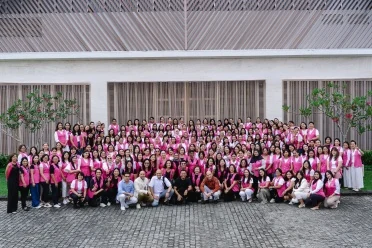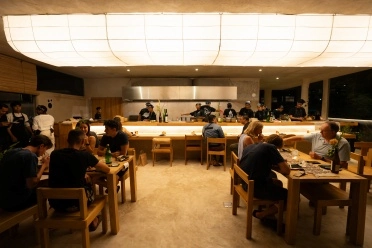During your time in Bali, you will notice that the Balinese men wore a distinct headband especially on special days or occasions. This headband is called 'Udeng', and it holds significant cultural and philosophical meaning in Bali. From nobility to commoners, children to elders, the udeng is a ubiquitous symbol of Balinese heritage and values. This article delves into the history, philosophy, and diverse aspects of the udeng, shedding light on why this headgear is much more than a simple accessory.
Udeng: The Cultural Crown of Bali's Heritage
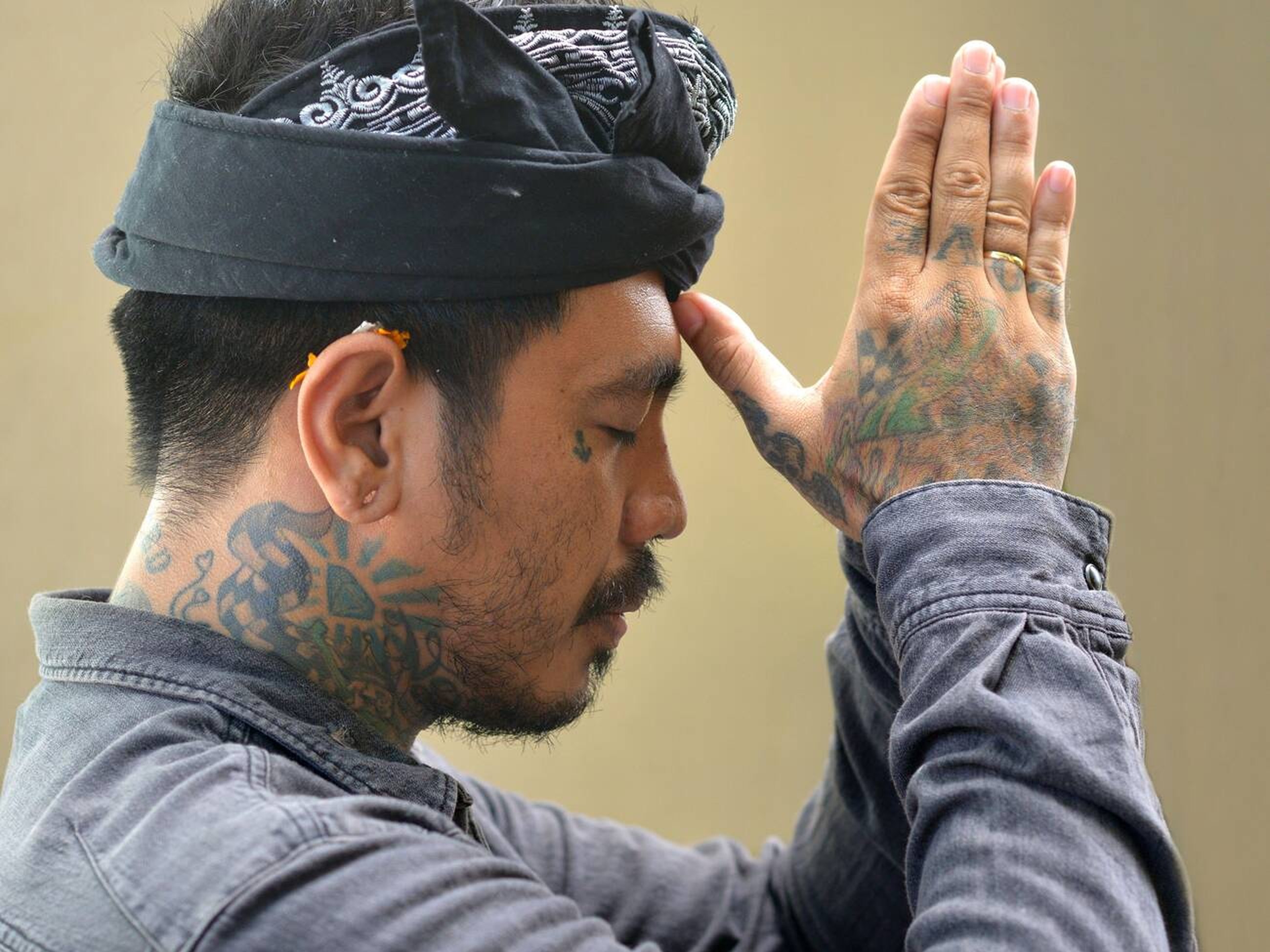
A Craftsmanship of Precision
Udeng, also known as 'destar', is a fabric headband approximately half a meter in length. Its craftsmanship requires skill and precision, often produced in specialized areas like Karangasem, particularly in Sidemen Village. Here, visitors can find udengs in various motifs, from plain and metallic to batik and modern patterns.
The Asymmetrycal Philosophy
The bilateral asymmetry of the udeng, with the right side higher than the left, carries deep philosophical meaning. It symbolizes the perpetual effort to do good (dharma) over evil (adharma). The knot in the middle of the forehead is believed to focus the mind, while the upward edge signifies a focus on worship.
In Balinese culture, the udeng is more than just headwear. It represents "ngiket manah," or the control of the mind, which is crucial during religious ceremonies and visits to holy places. The udeng reminds the wearer to maintain pure thoughts and focus on positive actions.
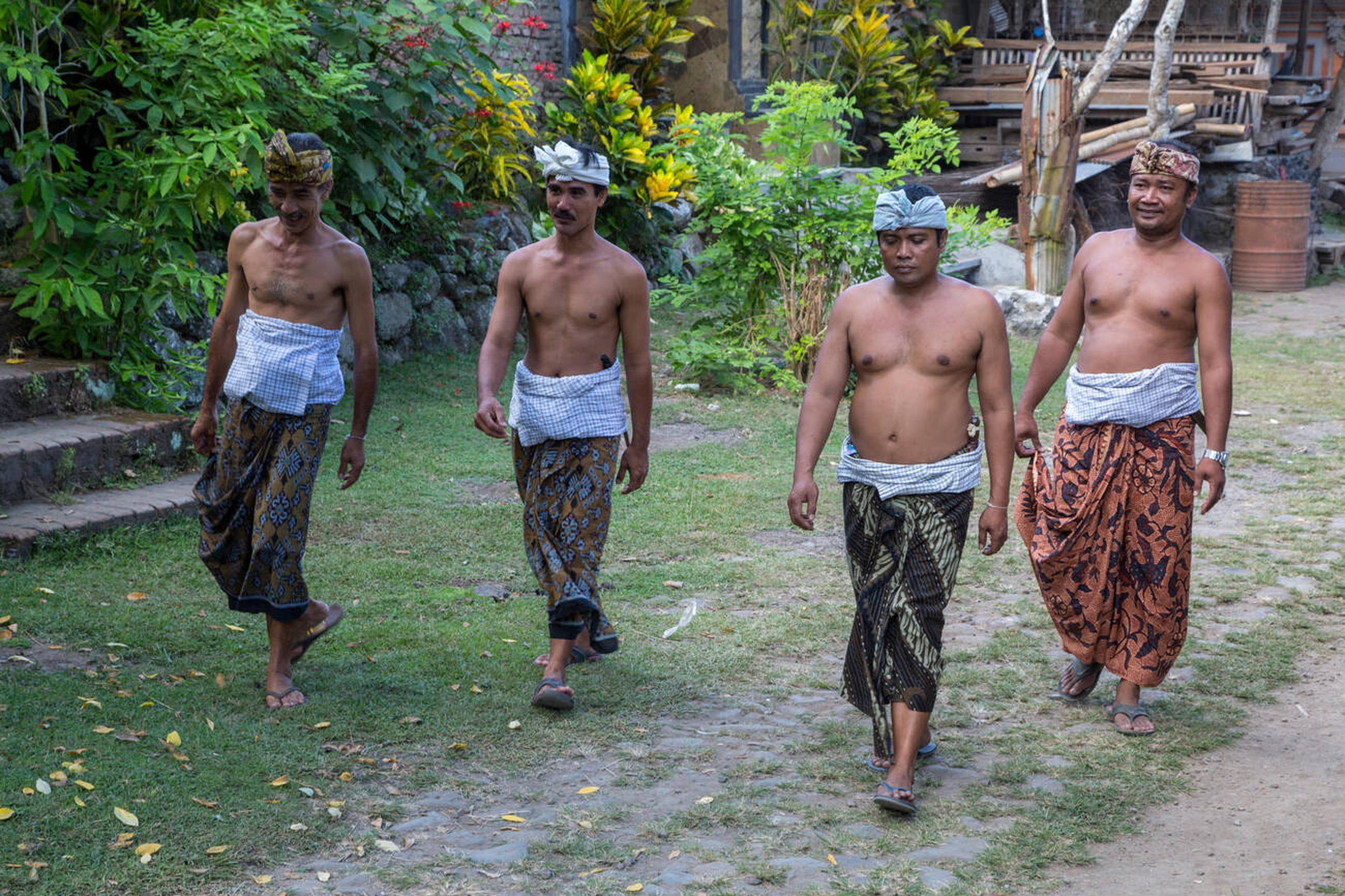
Space Sanctifier
Balinese men wear udengs in various settings, from informal meetings and official events to ritual worship and religious ceremonies. In temples, the udeng is used to prevent hair from falling and violating the sanctity of the sacred space. Typically, a plain white udeng is worn during worship, symbolizing purity and cleanliness of thought.
Udeng come in different styles, each with unique meanings and uses:
Udeng Jejateran: The most common type, with a higher right side and a lower left, used for worship.
Udeng Dara Kepak: Worn by adat leaders or warriors, featuring an additional cover symbolizing leadership and protection.
Udeng Beblatukan: Specific to adat leaders, with a downward knot indicating the prioritization of communal over personal interests.
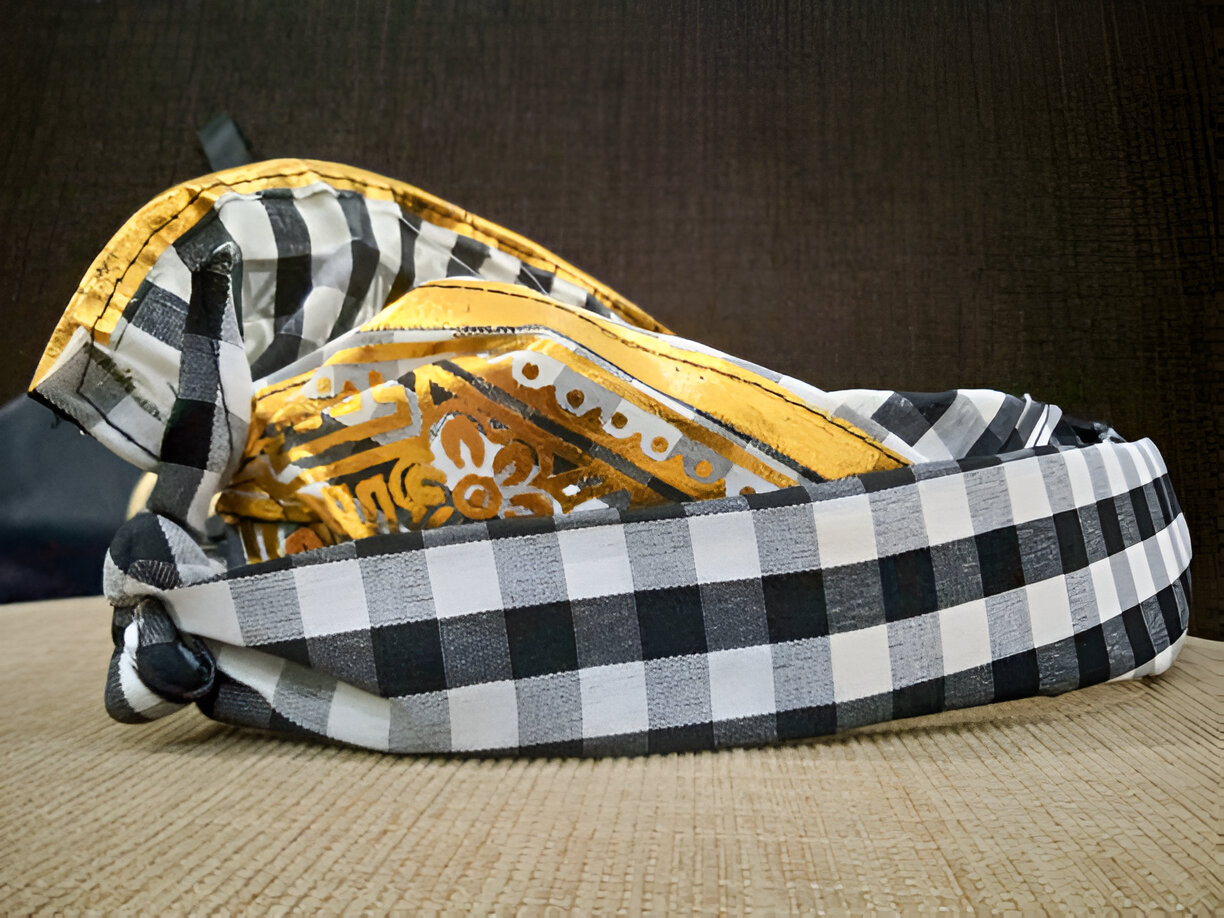
The color and pattern of the udeng also vary according to the occasion:
White: Used for temple ceremonies and anniversaries, symbolizing pure thoughts.
Black: Reserved for funerals.
Red / Other Color: Worn by gamelan musicians, dancers, and fashion-forward teenagers.
Batik: Suitable for social activities like town meetings and traditional events.
The Sacred Trinities
The udeng's design holds various symbolic meanings. Some believe it represents Garuda, the king of birds, protecting the mind from evil influences. The triangular crest is thought to symbolize the Hindu triad: Brahma, Vishnu, and Shiva. Each part of the udeng reflects different deities and philosophical principles, emphasizing its spiritual significance.
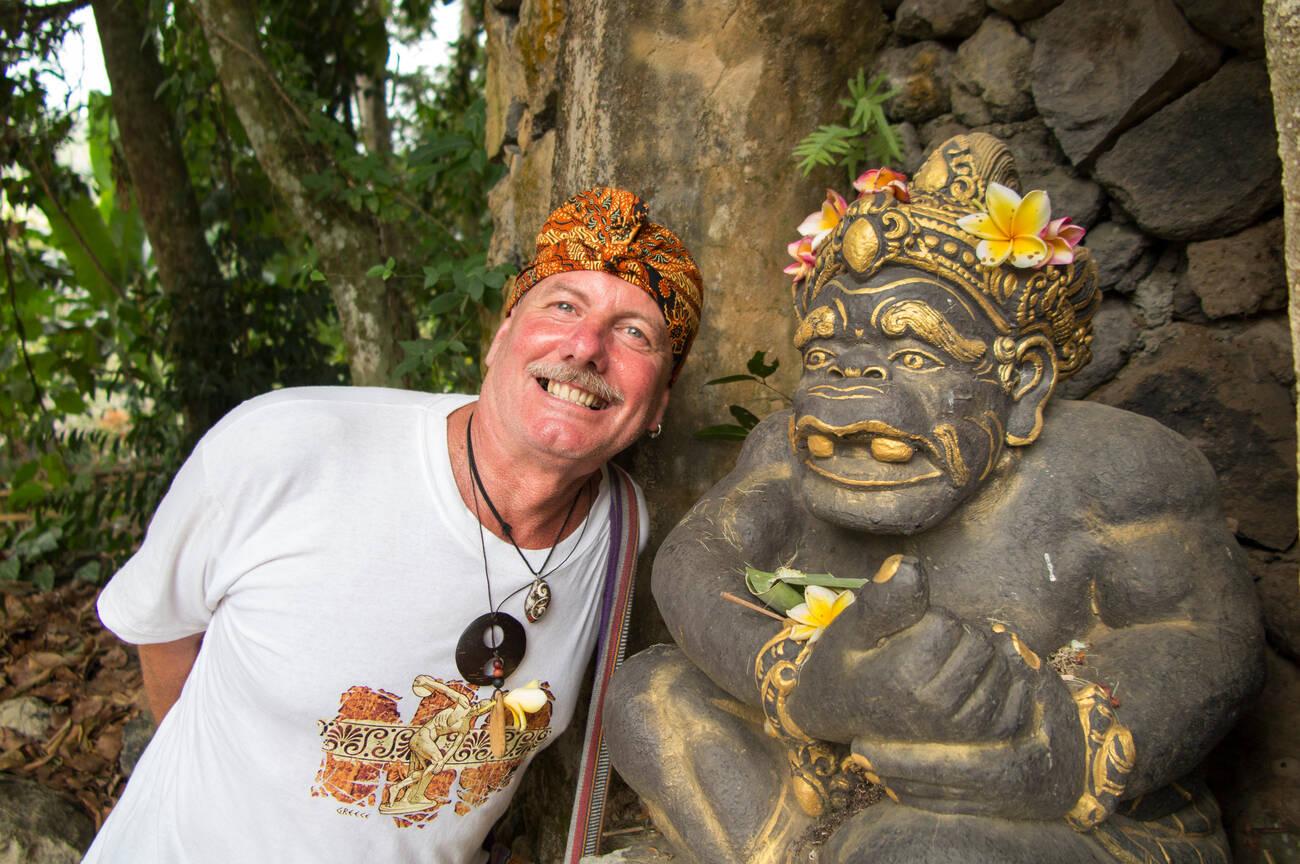
The Contemporary Relevance
In modern Bali, the udeng remains a vital part of traditional attire. It is worn by men during religious ceremonies, at home, or in public, always signifying a connection to Balinese heritage and spiritual practice. The act of wearing an udeng is a reminder to maintain a state of serenity, purity, and mindfulness.
For Balinese people, udeng is more than just a headband; it is a symbol of culture, spirituality, and philosophy. The headwear's intricate design, rich history, and deep meaning make it an essential part of Balinese identity. Next time you see someone wearing an udeng, remember the values it represents and the tradition it upholds!



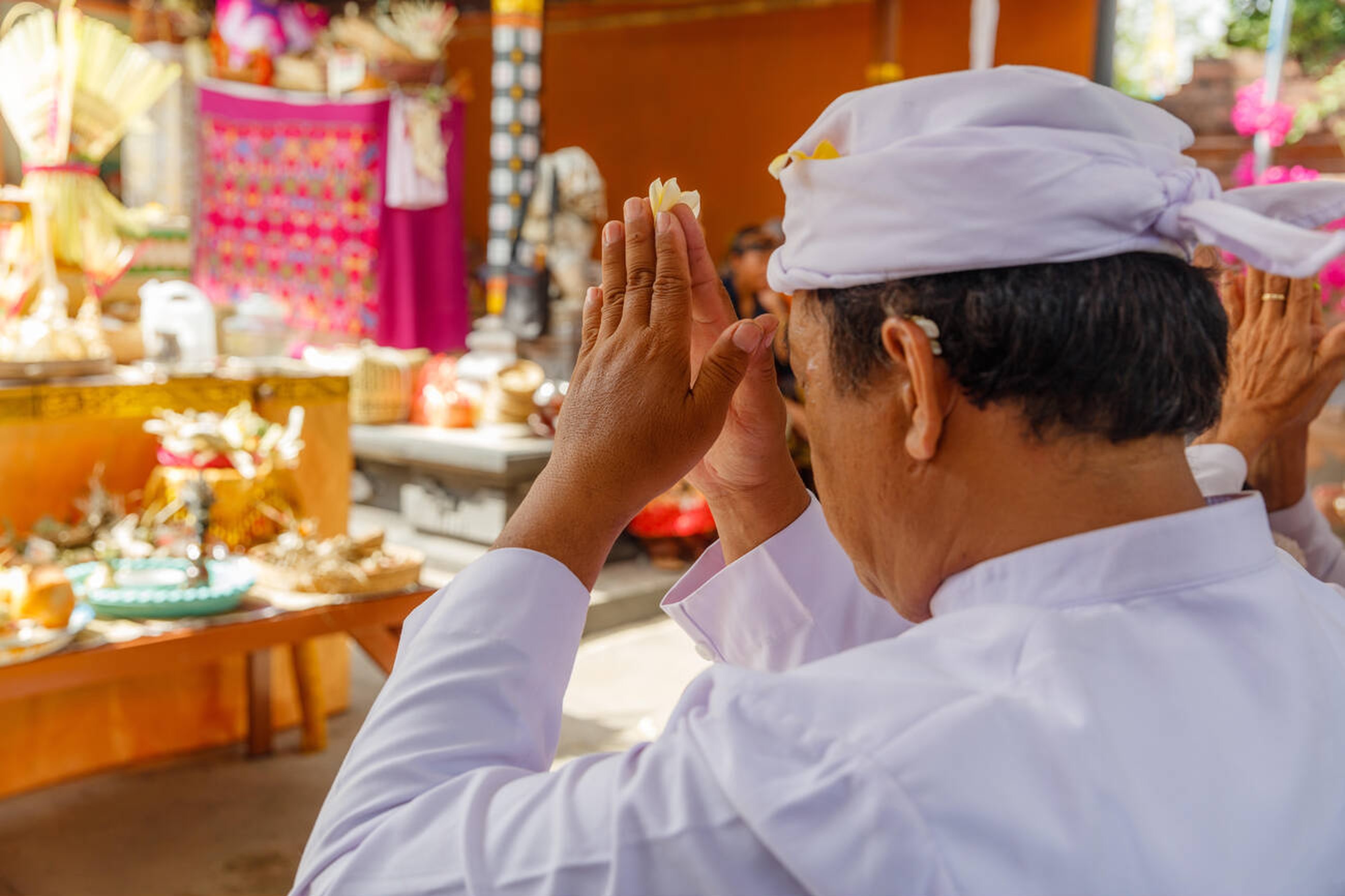
 Billy Bagus
Billy Bagus
 Aug 02, 2024
Aug 02, 2024




